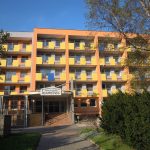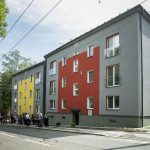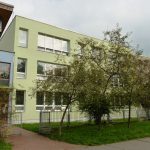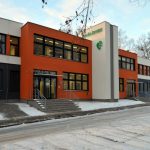Energy savings in public buildings
 Measures
Measures
 Measures
Measures
In 2014–2015 the following measures were implemented, achieving energy savings in accordance with the goals of the SEAP. Energy audits were conducted for these projects; these audits form the basis for the reported energy savings and reductions in CO2 production.
- Set of measures ‘Ekotermo II A’ – insulation and revitalization of 9 City-owned buildings (primary schools, preschools, senior citizens’ home, fire station, library).
- Set of measures ‘Ekotermo III’ – insulation of 6 City-owned buildings (primary schools, preschools, senior citizens’ home).
- Set of measures ‘Energy consumption reductions at Ostrava Zoo’ – insulation of 6 buildings, including animal houses and technical buildings.
- Set of measures ‘Energy savings at Ostrava City Hospital’ – insulation of 8 buildings at the hospital site.
The potential energy savings achieved via the above-listed sets of measures total 27 000 GJ/year, representing a reduction in CO2 production of at least 2 100 t/year.
Besides the large-scale projects listed above, other individual projects were also implemented during the period 2014–2015 to reconstruct and revitalize City-owned buildings, improving their technical condition and increasing energy efficiency. Energy audits were not conducted in these cases; instead, reductions in energy consumption were estimated by experts.
The total savings achieved by all implemented measures (i.e. projects with energy audits and those with expert estimates) are at least 42 400 GJ/year, representing a reduction in CO2 production of approx. 3 900 t/year.
Costs of energy efficiency projects in public buildings
The investment costs of the energy-audited projects (see above) total approx. 11.5 million EUR. The total costs of installing insulation as part of complete reconstructions of City-owned buildings in the past two years (with expert-estimated reductions in energy consumption) was a further 17.3 million EUR. (This sum also includes necessary investments where increases in energy efficiency were not the sole purpose of the investment.)











